What is a data lakehouse? Combining data lakes and warehouses for the best of both worlds
Dynatrace
OCTOBER 4, 2022
While data lakes and data warehousing architectures are commonly used modes for storing and analyzing data, a data lakehouse is an efficient third way to store and analyze data that unifies the two architectures while preserving the benefits of both. This data lands in its original, raw form without requiring schema definition.



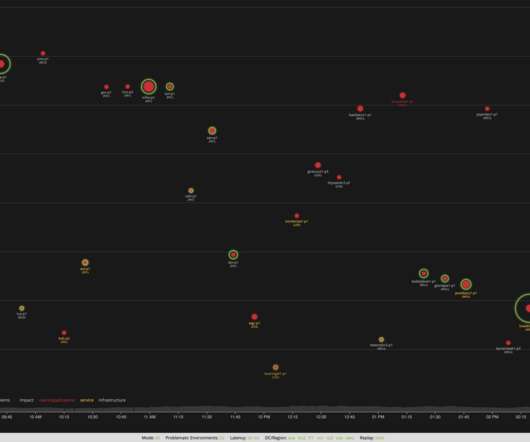

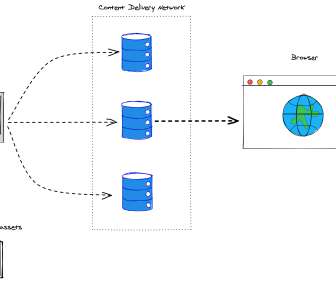
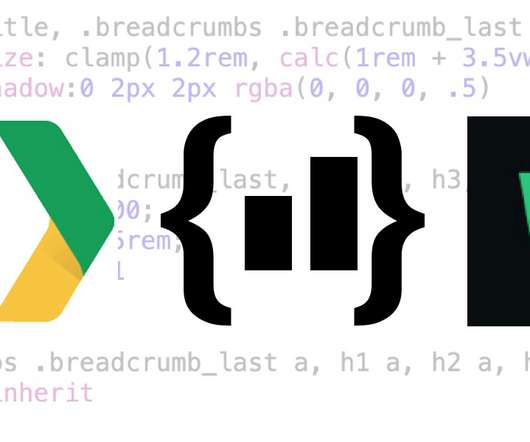





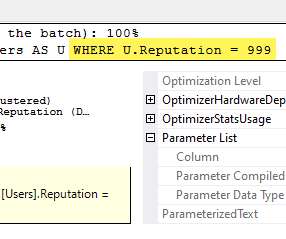












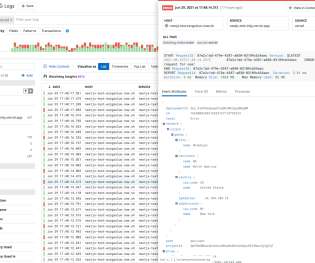











Let's personalize your content